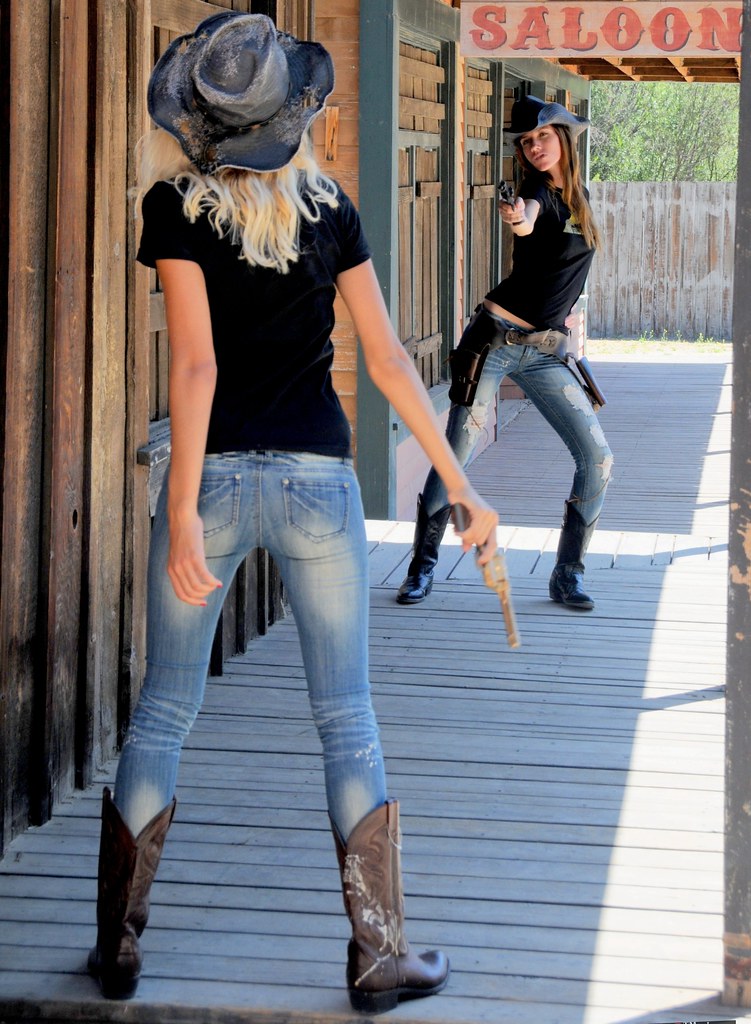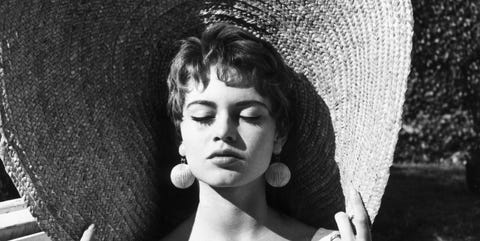Cheap Top Hats For Sale

There has never been a more sophisticated and dominating hat in fashion than the top hat. When the first top hat was worn by the haberdasher John Hetherington in 1797, it caused a near riot. According to a newspaper account, “passersby panicked at the sight. Several women fainted, children screamed, dogs yelped, and an errand boy’s arm was broken when he was trampled by the mob.” So Hetherington was taken to court for wearing “a tall structure having a shining luster calculated to frighten timid people.” | ||||||||||||||||
Top Hats from the 1820s | ||||||||||||||||
Gentleman’s Top Hat of Raffia and Silk. French, c.1820. [Image credit: Accession number: 1984.580.2, Metropolitan Museum of Art - Gallery Images] | ||||||||||||||||
What Hetherington designed was a modified riding hat of the day, widening the brim and lengthening the top area. In 1823, Antoine Gibus came along and modified it even more to a collapsible opera hat; which made traveling with it much easier and during the opera could be stored flat, under the seat. It was not until 1850 that the top hat really took off when Prince Albert starting wearing it in public and it became the fashion rage. The Victorian top hat was really making a statement, not merely being worn as part of a costume. Gentlemen were simply saying they were important and classy. Right: TOP HAT 1845 | ||||||||||||||||
| ||||||||||||||||
Gentleman’s Silk Top Hat (American), c.1850. [Image credit: Accession number: 2009.300.1659, Metropolitan Museum of Art - Gallery Images] | ||||||||||||||||
Felted beaver skin was the preferred material for top hats because of its water proof properties. Because of the high demand for beaver fashion (men’s coats were also popular), the Victorian top hat practically wiped out the beaver in America by 1900. [Right: Harper's Bazar Men's Hats, 1867] | ||||||||||||||||
| TOP HATS 1870s | ||||||||||||||||
Gentleman’s Silk Top Hat (British), c.1875. [Image credit: Accession number: 2009.300.1525a, b, Metropolitan Museum of Art - Gallery Images] | ||||||||||||||||
By 1900 the top hat was made with silk and worn only for special occasions, such as weddings and dances, as we commonly see it worn today. However, there was a great top hats resurgence in the 1930s when Fred Astaire, Gary Cooper, Marlene Dietrich and others, brought it back in favor with motion pictures. Every affluent American had a top hat and black tie and tail. Even the French and English rallied to wearing top hats again, after watching Astaire’s movies. | ||||||||||||||||
Image: Library of Congress LC-DIG-ggbain-05412 | ||||||||||||||||
You may have seen vintage pictures with women wearing top hats. But those top hats are usually riding hats which the original top hat was styled from. You may be familiar with the picture of Spokane’s own May Hutton wearing a top hat in the early 1900s where she is dressed as a man and ready for a costume party. | ||||||||||||||||
From 1850 to 1900, men wore top hats for business, pleasure and formal occasions—pearl gray for daytime, black for day or night—making its wearer feel taller, handsomer and suave. If men did not don a top hat you can bet they had some style of hat on—it was a demanded fashion. Men, rich or poor, would not be caught dead without a hat on. Even into the 1960s, men still wore hats for every outdoor excursion, just as women did, which is a whole other story to be explored at a later date by this author. | ||||||||||||||||
|
Black And White Top Hat
White top hat found in: White Costume Felt Top Hat, Chuachman Wool Felt Top Hat, Alice in Wonderland White Rabbit Hat, Great White Shark Jawesome Hat. Boss White Hat is a hat that was published into the avatar shop by ROBLOX on August 6, 2012. Like the Red Banded Top Hat, this hat was formerly used to reward players that report glitches and vulnerabilities with the Roblox client.Users who reported more serious faults, such as security vulnerabilities or critical exploits, would receive the Boss White Hat, while users who report less serious. A hat which shades the face and shoulders from the sun. Tam o' Shanter: A Scottish wool hat originally worn by men. Taqiyah: A round fabric cap worn by Muslim men. Top hat: Also known as a beaver hat, a magician's hat, or, in the case of the tallest examples, a stovepipe (or pipestove) hat. A tall, flat-crowned, cylindrical hat worn by men in. Tigerdoe White Rabbit Costume - Rabbit Costume - Bunny Costume 5 Pc Costume- Playing Cards 4 Pc Costume. GEMVIE Men 100% Wool Mad Hatter Hat Satin Lined Top Hats. The first top hats were made with felt, most commonly being beaver fur felt. Later, they would be made of silk. The structure underneath the felt or silk was made of a material called goss. This was made from layers of calico covered in a hard glue. When gently heated over a flame, the glue softens, allowing the hat to be molded to.




